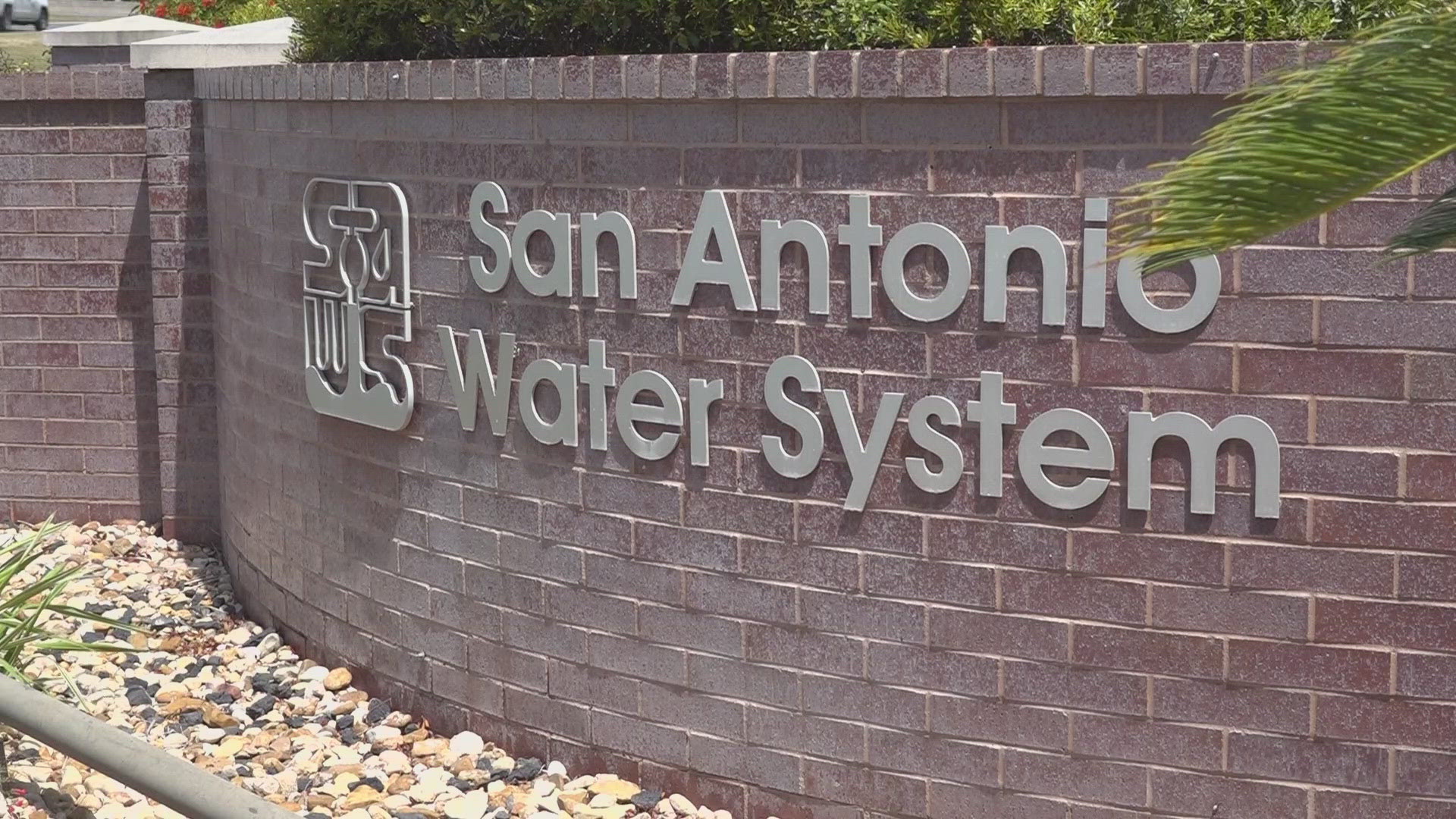SAN ANTONIO — San Antonio Water Systems has been tasked with identifying and replacing water pipes made of lead as part of an initiative to comply with updated federal regulations.
The city-owned utility has more than 600,000 water service lines in the San Antonio area. SAWS will spend $13 million of board-approved funds through 2026 to identify lead pipes and those at risk of exposure.
The U.S. Environmental Agency’s revision of the lead-copper rules follows the aftermath of the 2014 public health crisis in Flint, Mich., where lead was discovered in drinking water.
Through Project Lead, SAWS is prepared to “investigate, identify and inform” as it relates to customer-owned water service lines that could contain lead material.
SAWS officials stressed San Antonio’s water quality is showing no signs of lead material currently.
“We are not concerned about the water quality in San Antonio. We’ve been looking very hard to find any material of concern and we’re not finding it,” said Kirstin Eller, SAWS potable water quality supervisor.
Eller said SAWS is aware that service lines linked to buildings or homes built after 1989 are not of lead material due to a federal lead ban enacted the year prior.
“Those homes are automatically classified non-lead. If your home or building was built before that ban, those are the ones we are having to investigate, which is still really, really large number," she said. "Right now, we’re estimating that to be greater than 380,000 and we’re going to be working really hard to help identify those both on the SAWS side as well as on the customers side."
SAWS customers with homes or buildings built before 1989, however, are considered to have an unknown classification in terms of the presence of lead. Eller encourages customers to visiting saws.org/lead to learn more about Project Lead and consider signing up for a physical inspection.
Come October, SAWS customers will be able to access the utility's website, enter their address and find out the service line material type. Customers can also expect letters through email or physical mailbox containing that information.
"It's going to tell them what the SAWS side is as well as the customer's side. Most customers are going to stay unknown. It's nothing to be scared of; it just means we don't know what that material is."
In October, SAWS will make public a list of lead service lines, but it expects to list hundreds of thousands of lines as “unknown." That means the city-owned utility doesn’t yet know what materials were used for those pipes.
Eller also touched on the future of funding of an initiative that could last 10 years or more.
“This is a federal and state mandate that SAWS is having to comply with and we are doing our best to do that in the most affordable fashion,” she said. “Right now SAWS does not have any state or federal funding available to us to be doing some of these replacements on the customer side. However, we’re staying as informed as we can going forward of any available funding opportunities and we’re hoping to develop more plans later on.”
To learn more, go to https://www.saws.org/lead/.

